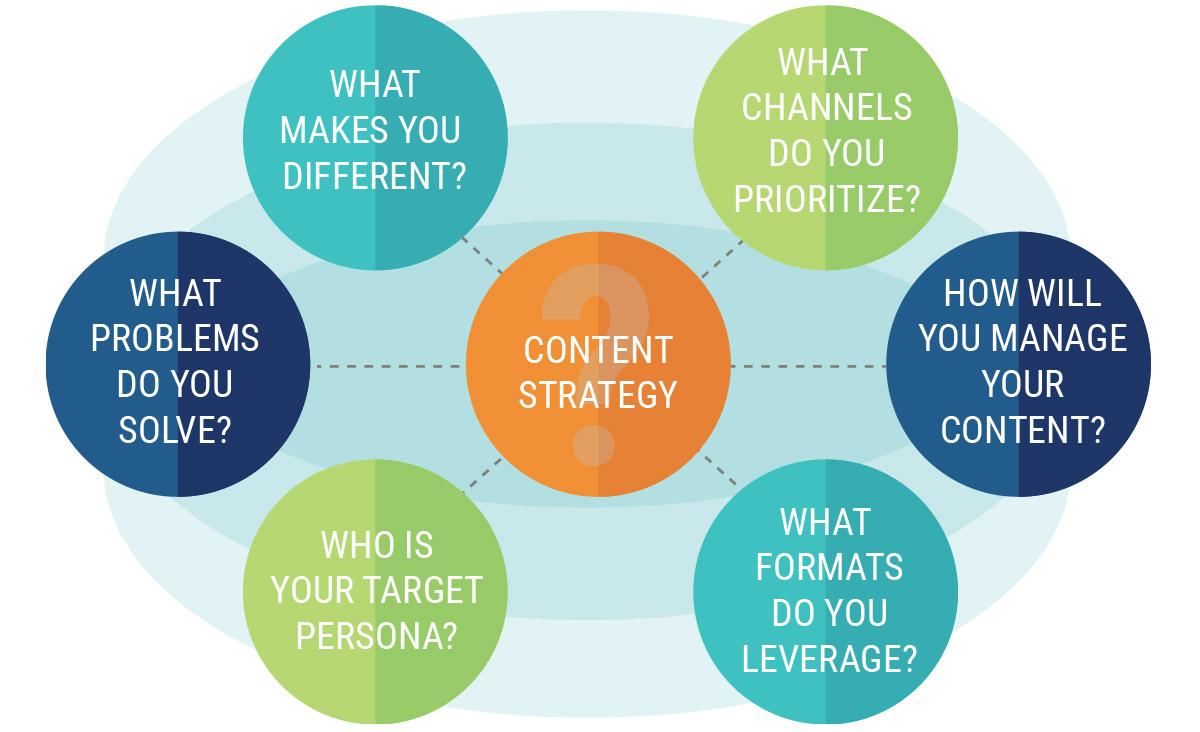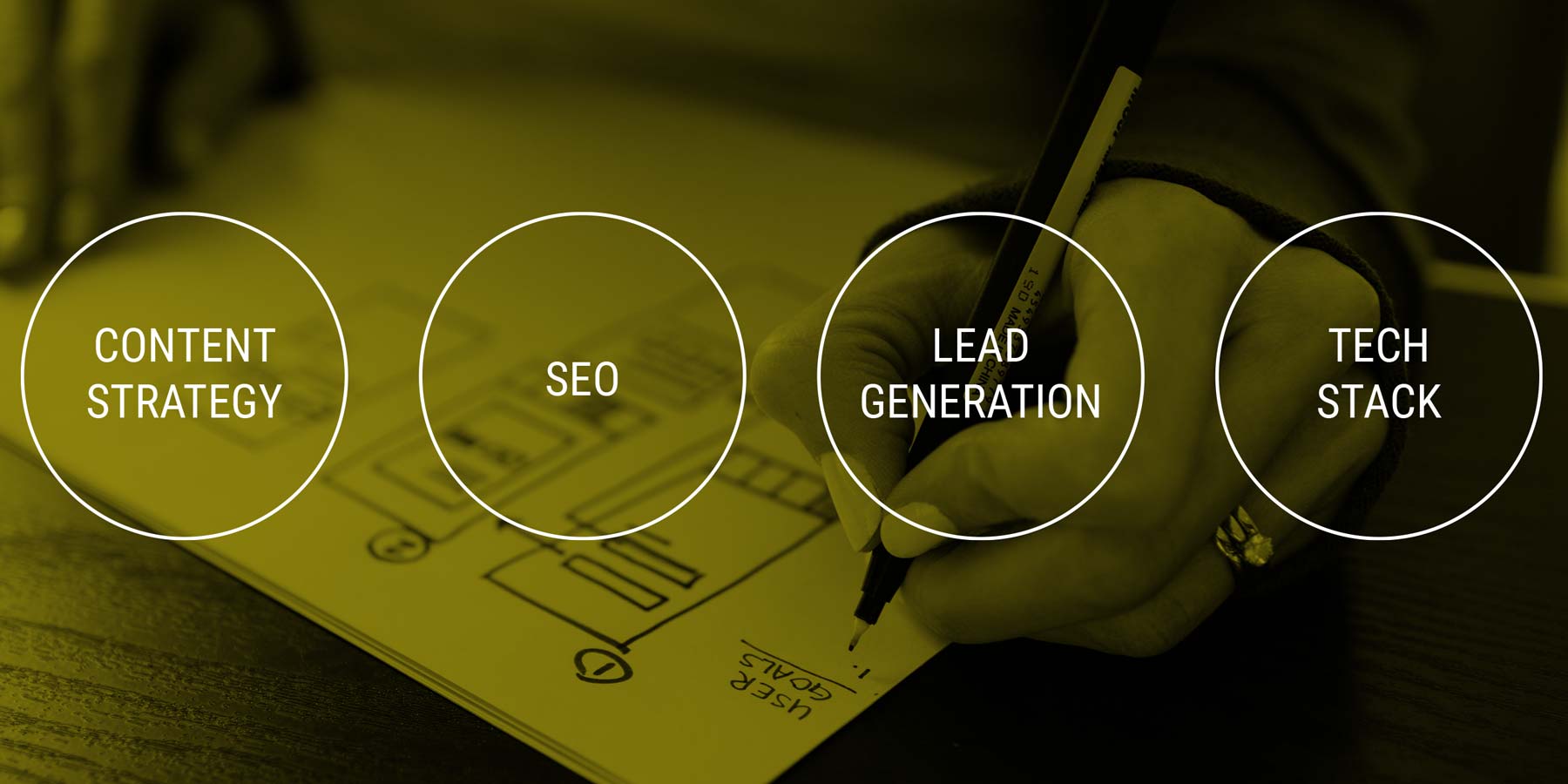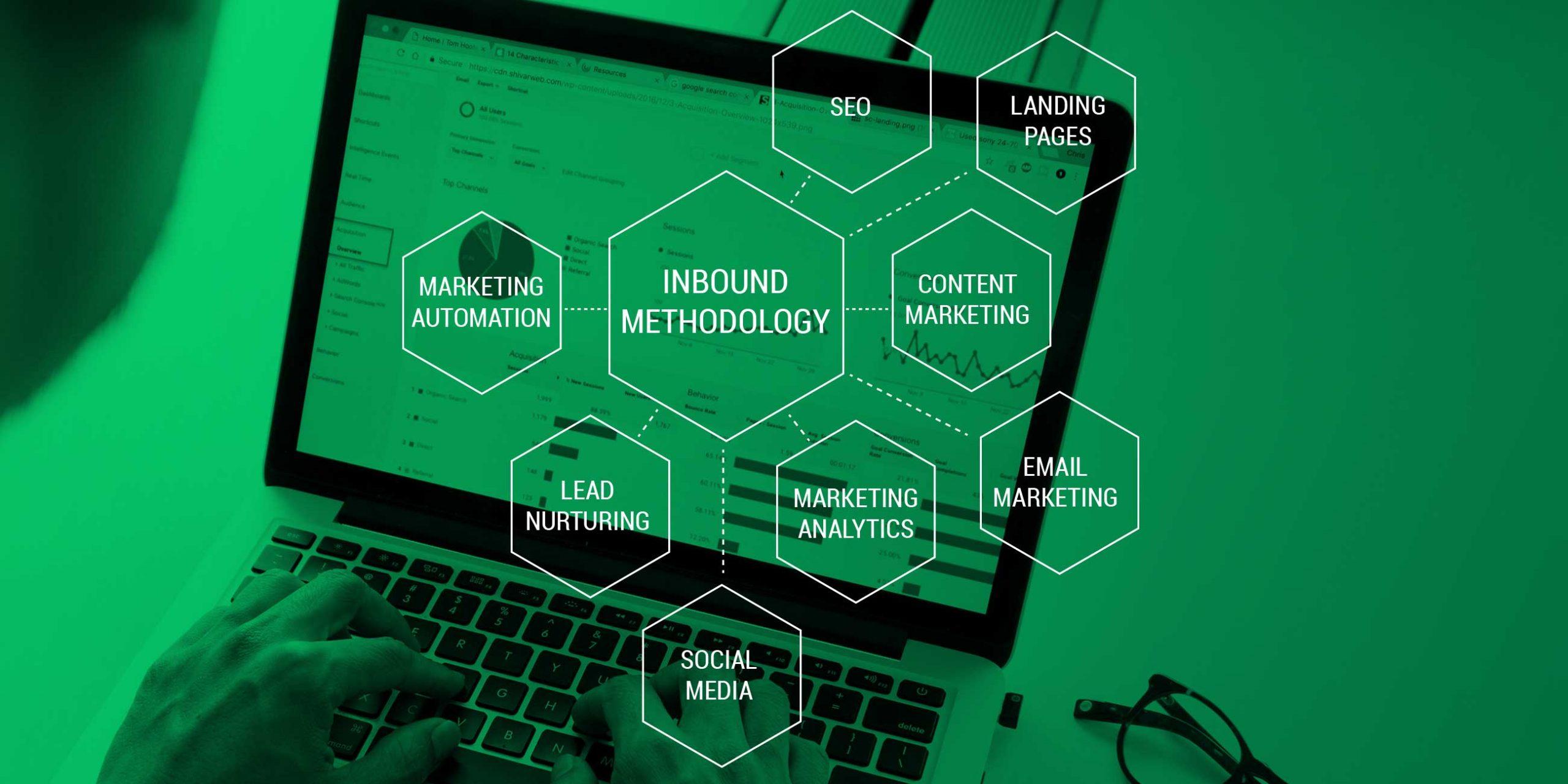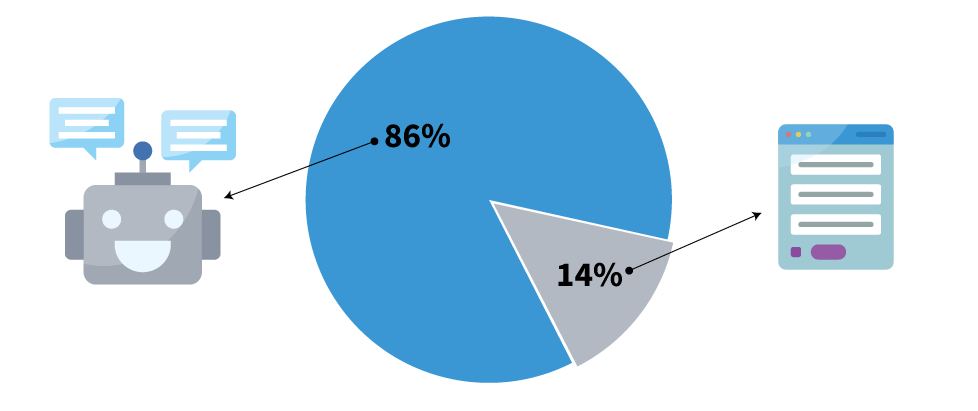If you’re building a new website or considering a website redesign, your mind may immediately go to what the site will look like, what colors you’ll use, and how the copy will read. These elements that you choose for your website are critical in creating a good first impression but without the right strategic foundation, your efforts can fall flat. The following are four essential things to consider when engaging in any new website or significant website redesign to maximize your return on investment. If you can nail these foundational elements, you will not only have a website that looks great and compels customers to take action, you will build a site that produces results for your business.
Here we dig into the four cornerstones of your new website or redesign project that you absolutely must get right to ensure the highest ROI, including content strategy, search engine optimization (SEO), lead generation, and technology. Approach these strategic components correctly, and you’re on your way to building a powerful marketing tool for your business.
Start With Your Content Strategy

Too often, content strategy is an afterthought in a website redesign. By considering the type of content you will create in the long term before you start redesigning your site, you’ll be well ahead of the game and set your business up for sustained growth.
Content is any tangible media, including written, visual, downloadable, and interactive formats. In many ways, the content a brand or company produces becomes the “voice” of that brand. It represents what you stand for and your values as a business. Content demonstrates industry knowledge, experience, brand values, and more. Content is also critical in educating potential customers who are unfamiliar with your brand, product, or service and is an essential element of SEO strategy. In short, the quality of content on your website matters greatly. The majority of a company’s content will live on its website, which is why content strategy is important to consider now before you launch your new site.
When you develop your content strategy, consider these questions:
Who is your content for?
Leverage a variety of content types and channels to ensure delivery to each target persona.
What problem do you solve?
Your content should support your prospects as they learn more about you, as well as your customers to keep them engaged and wanting more.
What is your differentiator?
Communicate your unique attributes and selling points. Demonstrate expertise and knowledge, not only around your product or service but around your target personas.
What content formats are appropriate for your audience?
Determine your blend of blog posts, videos, infographics and align your content needs with your budget and resources.
What channels are best for your brand?
Consider your owned properties, like your website, blog, and landing pages and also social media properties like LinkedIn, Instagram, and Facebook. Where do your customers congregate? You’ll want to be sure to share your content there first and foremost.
What is your management and creation plan?
Effectively managing the enormous task of content planning and development requires organization and communication. Adhere to a calendar while you remain flexible to address timely or newsworthy events.
If you’re able to answer these questions before embarking on your redesign, you’ll be able to create a site that fully supports your content marketing efforts.
Get Higher Visibility with Search Engine Optimization
Optimize your website for high organic search results and it will generate more traffic and more qualified leads. A website redesign is a perfect time to ramp up your SEO efforts. Even small changes can make a big difference in how your site ranks for your high-value keywords.
When considering SEO, pay attention to the following key elements:
- Optimize your homepage and internal content with a thoroughly considered keyword strategy
- Ensure the entire website has on-page optimization and all images have alt tags
- Spy on your competition using backlink checkers to find out who is linking to their site
- Target long-tail keywords that are specific to your brand or product
- Publish useful, credible content on a regular schedule
- Build your content around pillar topics and support each pillar topic with supporting content to build higher credibility with search engines
Create a Lead Generation Engine
Your website can be the most powerful lead-generation tool in your business arsenal. With the right strategy, you can and should be generating qualified leads 24 hours a day. Those kinds of possibilities make it easy to see why investing in your website makes sense. One survey found that 70% of small business websites don’t even have a call to action on their homepage, which means we know there is a major opportunity for improvement here.
To optimize your site for lead generation, plan on incorporating:
Calls-to-action
Easy to find and use calls-to-action that direct users where to go, whether that means moving them to another page, compelling them to download content (and get on your email list), or making it simple to contact you directly through a contact form, email, or phone number.
Visitor engagement
Design and voice that encourages engagement. Your site should be in active voice and should use design elements and copy that makes the user feel compelled to act and learn more about your brand.
Analytics
Software and methodology for tracking, acting on, and measuring lead generation engagement. As the saying goes, what gets measured gets managed. Be sure that you’re keeping track of your incoming leads with an effective CRM and making changes to your site if you’re not seeing the results you want.
Sales enablement
A sales enablement plan that supports and coordinates sales and marketing to ensure those leads are not lost. Lead generation is only one piece of the puzzle. You should be prepared to follow up on those leads and help to guide them through their customer journey.
Don’t underestimate the power of your website to generate high-quality leads for you. It won’t happen overnight, and it will take significant strategic effort on the front end, but the results will be well worth it.
Select the Right Business and Marketing Technology Stack

The software and technology you choose to build your website is an important decision and commitment. What you choose to go with will be determined by your budget, your resources, and your workflows.
Your technology toolbox should include software for:
- Content management system (CMS)
- Customer relationships management system (CRM)
- Marketing automation
- Email marketing
- SEO
- Invoicing
- Sales enablement
- Account-based marketing
- Customer service
Consider the value in addition to the price when assembling your technology toolkit. Investing in the right software can dramatically affect the results you get. If your budget isn’t there yet, look for starter-level packages that will allow you to grow into more robust features.
Master these Cornerstones for Higher Returns
When you put in the foundational work, the ROI on a website redesign can be significant. With your strategy in place, you’ll be setting yourself up for a website that looks great and works effectively to get visitors into your sales funnel.









![Content Toolbox For Building Your B2B Brand [infographic]](https://byndergroup.com/wp-content/uploads/8contenttypes-scaled.jpg)


